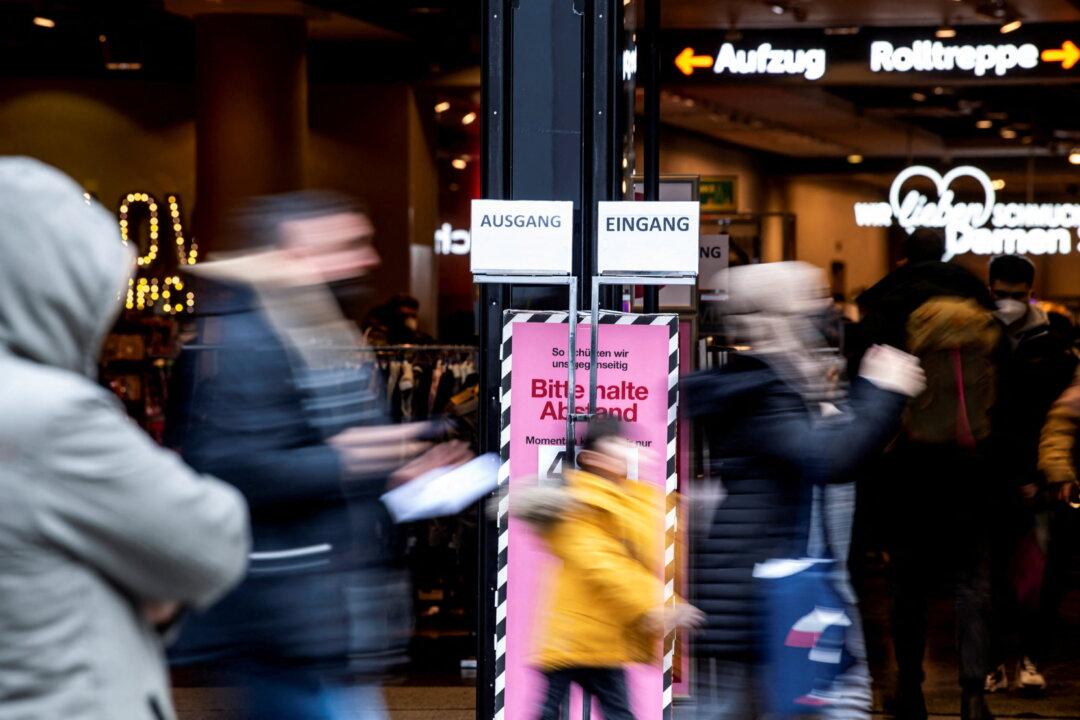FRANKFURT—Eurozone inflation held steady at a record high 7.4 percent in April, driven by soaring fuel and food costs, the EU’s statistics agency said on Wednesday, lowering its estimate from a preliminary 7.5 percent.
Inflation has soared over the past year, first on post-COVID supply bottlenecks and latterly on knock-on effects from Russia’s war in Ukraine, which have pushed up prices of everything from raw materials to finished industrial goods.





